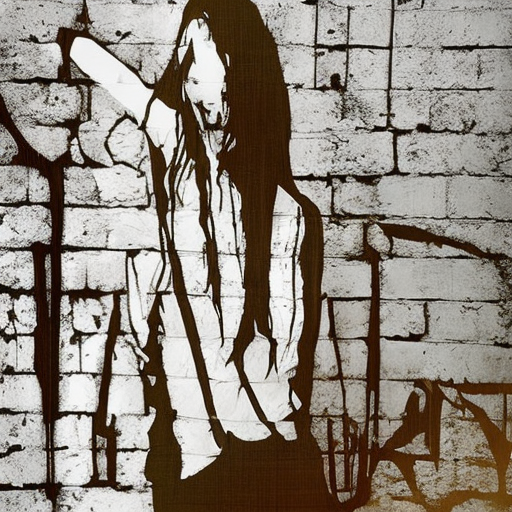The Young and the Damned (1950) – A Harrowing Tale of Poverty and Desperation
Main Cast and Crew:
- Director: Luis Buñuel
- Writers: Luis Buñuel, Luis Alcoriza
- Key Actors: Alfonso Mejía (Pedro), Roberto Cobo (Jaibo), Estela Inda (Meche)
- Music Director: Gustavo Pittaluga
- Director of Photography: Gabriel Figueroa
- Producers: Óscar Dancigers, Sergio Kogan
Plot:
The Young and the Damned, directed by Luis Buñuel, follows the lives of a group of impoverished children living in the slums of Mexico City. The film centers around Pedro, a young boy who is neglected by his alcoholic mother and abused by his stepfather. Pedro finds solace in his friendship with Jaibo, a delinquent teenager who introduces him to a life of crime and violence.
As Pedro becomes more entangled in Jaibo’s world, he becomes involved in a series of tragic events. The film explores themes of poverty, violence, and the loss of innocence as the children navigate their harsh reality. Buñuel’s stark and unflinching portrayal of their lives exposes the brutal effects of poverty and neglect on the young protagonists.
The plot takes a dark turn when Jaibo kills a boy from their group, leading to a series of betrayals and confrontations. Pedro, torn between loyalty and his own moral compass, must make difficult choices that will shape his future. The film culminates in a heartbreaking climax that leaves the audience with a profound sense of despair and hopelessness.
Themes and Motifs:
The Young and the Damned explores the dehumanizing effects of poverty and the cycle of violence that perpetuates in marginalized communities. Buñuel’s use of stark black and white cinematography and gritty realism heightens the sense of desperation and hopelessness. The film also delves into the themes of betrayal, friendship, and the loss of innocence, as the children are forced to navigate a world that offers them little chance of escape.
Reception and Legacy:
Upon its release, The Young and the Damned received critical acclaim for its raw and uncompromising portrayal of poverty and its impact on children. The film won the Best Director award at the 1951 Cannes Film Festival and was nominated for the Palme d’Or. It also received international recognition, bringing attention to the Mexican film industry.
The Young and the Damned is widely regarded as a classic of Mexican cinema and a seminal work in Luis Buñuel’s filmography. Its unflinching depiction of poverty and its exploration of social issues have had a lasting impact on subsequent filmmakers. The film’s legacy lies in its ability to shed light on the harsh realities faced by marginalized communities and its contribution to the development of neorealism in cinema.
Recommendation:
The Young and the Damned is a powerful and thought-provoking film that offers a stark portrayal of poverty and its devastating effects on children. It is a must-watch for those interested in social realism and the exploration of complex themes. However, due to its dark and harrowing nature, it may not be suitable for sensitive viewers.
Memorable Quote:
“We’re not children anymore. We’re not even human beings.” – Jaibo












